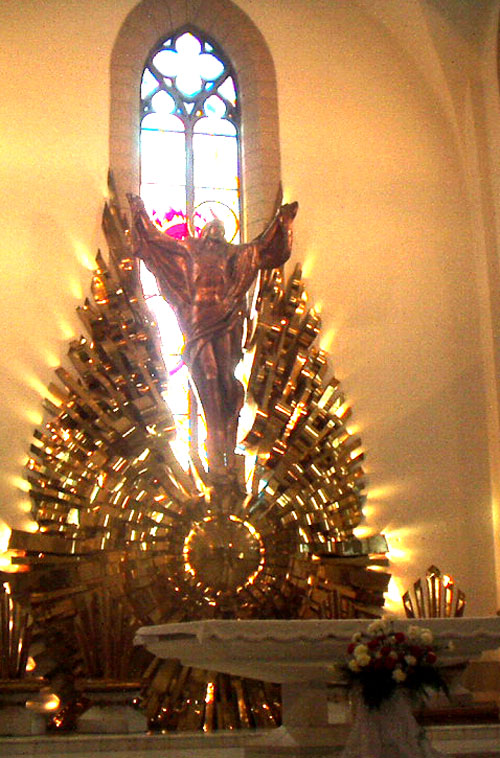Christianity penetrated into the territory of Central Asia in the first centuries of our era due to the development of the Great Silk Road. Together with trade caravans, one of the most famous ancient routes was followed by refugees, travelers and missionaries who preached their religion in foreign lands. However, the first Catholic metropolias and dioceses along the Silk Road appeared much later - in the XII-Xlll centuries, when diplomatic ties were established between the Vatican and China.The official activities of Catholic organizations in Uzbekistan resumed only in 1987. First, a Catholic parish was reopened in Ferghana, and three years later - a Catholic church was opened in Tashkent, where the Franciscan from Poland, appointed by Pope John Paul II in 1997, became the rector of the mission, the ordinance "Missio sui Juris" in Uzbekistan - Fr. Krzysztof Kukulka. Since 1992, with the gaining of independence of Uzbekistan, the Catholic parish of Tashkent has been returned to the temple. And in January 1993, his restoration began, which was led by architect Sergei Adamov and designer Alexander Ponomarev, and organizational issues took over Kukulka.In the early 90's. In the 19th century, along with the construction of a temple in Tashkent, Catholic parishes were opened in other large cities of Uzbekistan: Samarkand, Bukhara and Urgench. The growth of the Catholic flock in Uzbekistan and the efforts of the Tashkent catholic ministers did not go unnoticed in the Vatican, and in 2005 Pope John Paul II upgraded the status of "Missio sui Juris" in the Republic of Uzbekistan to the Apostolic Administrative Office and appointed Fr. Jerzy Matsulevich is the first bishop in Uzbekistan. Currently, the rector of the Tashkent temple is Fr. Lucian Shimansky. In Uzbekistan there are constantly Catholic priests and monastic Franciscans, as well as missionaries of the Order of Divine Love (Mother Teresa's sister).










